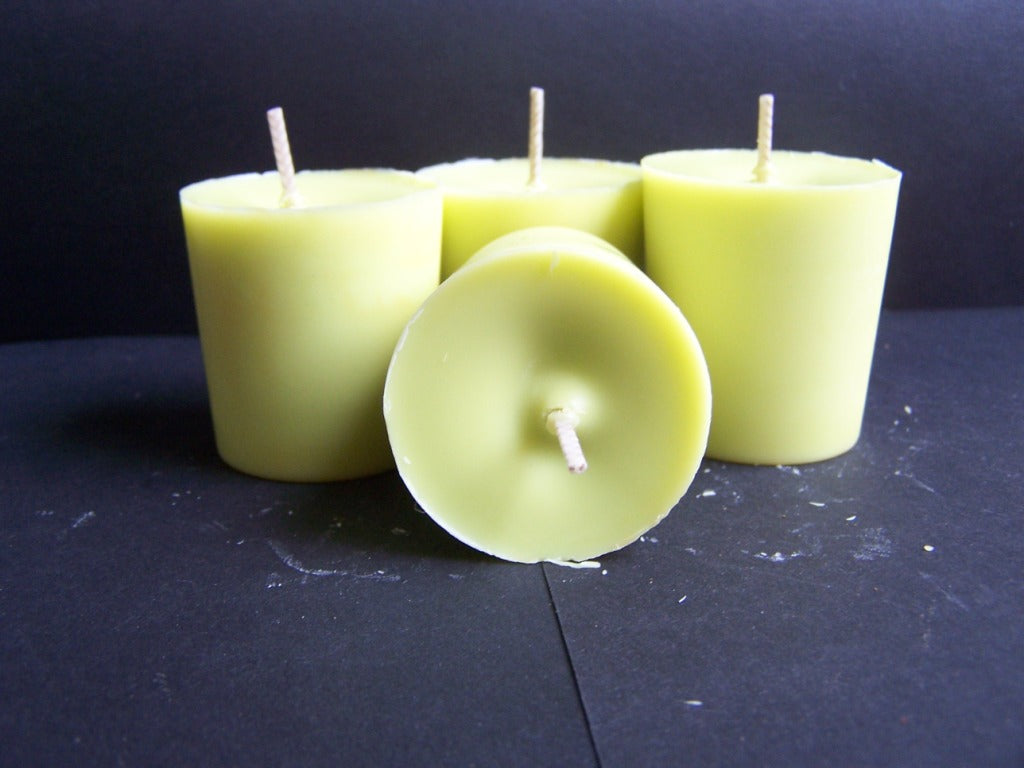Shop Sustainable Soy Wax Candles and Home Fragrance Collections
Shop Sustainable Soy Wax Candles and Home Fragrance Collections
Blog Article
From Wick to Wax: Understanding the Chemistry Behind Soy Wax Candles and Their Ecological Effect
As we brighten our areas with the cozy glow of candle lights, there lies a world of complex chemistry behind the seemingly straightforward act of lighting a soy wax candle. The selection in between soy and paraffin wax extends past mere aesthetics, diving right into the realm of ecological impact and the extremely make-up of the materials. Recognizing the molecular structure of soy wax and its combustion process clarifies the exhausts released into our environments. Join us as we unravel the scientific details behind soy wax candles and discover their implications on our atmosphere.
Soy Wax Vs. Paraffin Wax
When contrasting soy wax and paraffin wax for candle making, it is necessary to comprehend the distinctive characteristics and advantages of each material. Soy wax is a natural, renewable energy acquired from soybean oil, making it eco-friendly and green - crystal soy candles. On the other hand, paraffin wax is a by-product of oil refining, which increases worries regarding its ecological influence and sustainability
Soy wax candle lights melt cleaner and discharge much less residue contrasted to paraffin wax candle lights, making them a much healthier selection for indoor air top quality. Additionally, soy wax has a reduced melting factor, enabling a longer-lasting candle light that distributes scent extra effectively. Paraffin wax, on the other hand, has a tendency to melt faster and less easily, potentially releasing dangerous chemicals right into the air.
From a sustainability viewpoint, soy wax is preferred for its biodegradability and sustainable sourcing, lining up with the growing customer choice for ecologically mindful items. While paraffin wax has actually been a typical selection in candle light making because of its affordability and ease of use, the change towards eco-friendly choices like soy wax is getting momentum in the sector.
Chemical Structure of Soy Wax

Combustion Process in Soy Candles
The chemical structure of soy wax directly influences the burning process in soy candles, affecting factors such as burn time, scent launch, and environmental effect. When a soy candle light is lit, the warm from the flame thaws the wax near the wick. This fluid wax is then prepared the wick as a result of capillary activity. As the fluid wax reaches the fire, it goes through and evaporates burning. The combustion procedure entails the vaporized hydrocarbons in the wax responding with oxygen airborne to generate warm, light, water vapor, and co2.
The combustion efficiency of soy candle lights is affected by the pureness of the soy wax and the quality of the wick. A clean-burning soy candle with an effectively sized wick will certainly reduce and produce a steady fire residue development. This not just more prolongs the burn time of the candle yet additionally improves the release of scents. In addition, soy wax candles have a reduced environmental effect contrasted to paraffin candles because of their eco-friendly and renewable nature.

Environmental Advantages of Soy Wax

Taken into consideration a sustainable option to standard paraffin wax, soy wax offers significant environmental benefits that make it a popular option among eco-conscious consumers. Soy wax burns cleaner and creates less soot than paraffin wax, adding to better interior air high you can try here quality and decreasing the demand for cleaning and upkeep. Generally, the ecological advantages of soy wax line up with the expanding need for environmentally friendly and sustainable products in the market.
Recycling and Disposal Factors To Consider
Recycling and appropriate disposal of soy wax candle lights play a crucial function in maintaining environmental sustainability and decreasing waste in houses and areas. When it comes to reusing soy wax candle lights, the very first step is to make certain that the candle light has burned totally.

In regards to disposal, if recycling is not an alternative, soy wax candle lights are eco-friendly and can be securely thrown away in many family waste systems. It is constantly suggested to inspect with neighborhood reusing facilities or waste management solutions for specific guidelines on candle disposal to make certain appropriate handling and environmental protection.
Verdict
In final thought, the chemistry behind soy wax candles discloses their environmental benefits over paraffin wax candle lights. Soy wax, derived from soybean oil, burns cleaner and creates less residue when compared to paraffin wax.
When contrasting soy wax and paraffin wax for candle production, it is crucial to comprehend the distinct features and advantages of each material (crystal soy candles).Soy wax candles melt cleaner and send out much less soot contrasted to paraffin wax candles, making them a much healthier choice for interior air top quality.Considered a lasting choice to traditional paraffin wax, soy wax provides remarkable environmental benefits that make it a preferred choice among eco-conscious consumers. Soy wax burns cleaner and creates much less soot than paraffin wax, contributing to much better interior air top quality and reducing the need for cleaning and upkeep.In conclusion, the chemistry behind soy wax candles exposes their environmental advantages over paraffin wax candle lights
Report this page